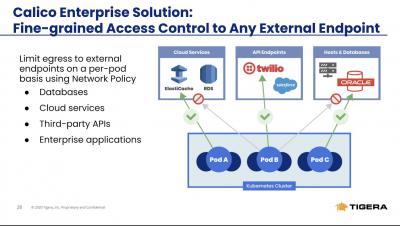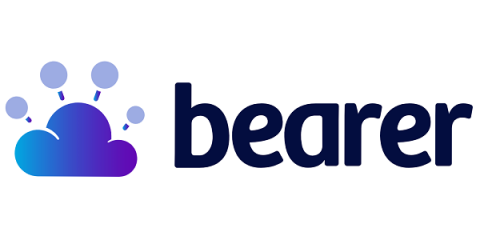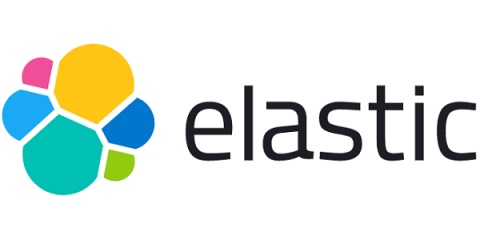What is the Consensus Assessments Initiative Questionnaire (CAIQ)?
The Consensus Assessments Initiative Questionnaire (CAIQ) is a security assessment provided by the Cloud Security Alliance (CSA) for cloud consumers and auditors to assess information security capabilities of cloud providers.










